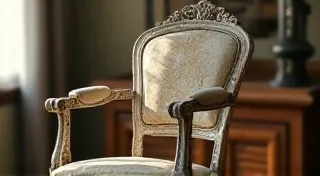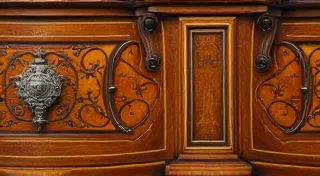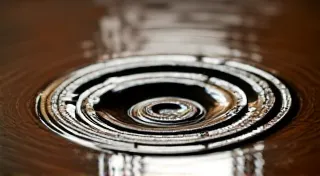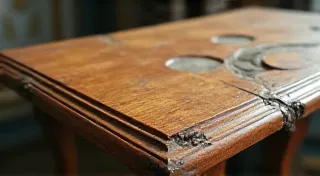Replacing Missing Furniture Hardware: Matching Period Styles
One of the most common challenges when restoring antique furniture is dealing with missing hardware. Handles, knobs, hinges, and escutcheons frequently disappear over the years due to theft, wear and tear, or simply being lost during previous renovations. Replacing this hardware is essential for both the functionality and the aesthetic integrity of the piece. However, a careless replacement can significantly detract from the furniture's value and historical accuracy. This guide will provide you with the knowledge to find suitable replacements and install them while respecting the original style and period of your antique furniture.
Understanding Period Hardware
The key to successful hardware replacement lies in understanding the conventions of the period your furniture originates from. Hardware styles evolved alongside furniture design, reflecting changing tastes and manufacturing techniques.
- 18th Century (Georgian & Federal): Hardware was often simple and understated. Think brass pulls, escutcheons with subtle designs, and iron hinges with a utilitarian look. Elaborate carving was rare.
- 19th Century (Victorian): This era embraced ornamentation. Hardware became more ornate, often incorporating floral motifs, scrollwork, and even figural elements. Materials included brass, bronze, and iron.
- Early 20th Century (Arts & Crafts/Mission): This style favored simplicity and functionality. Hardware tended to be made of dark metal, often with hammered or riveted details.
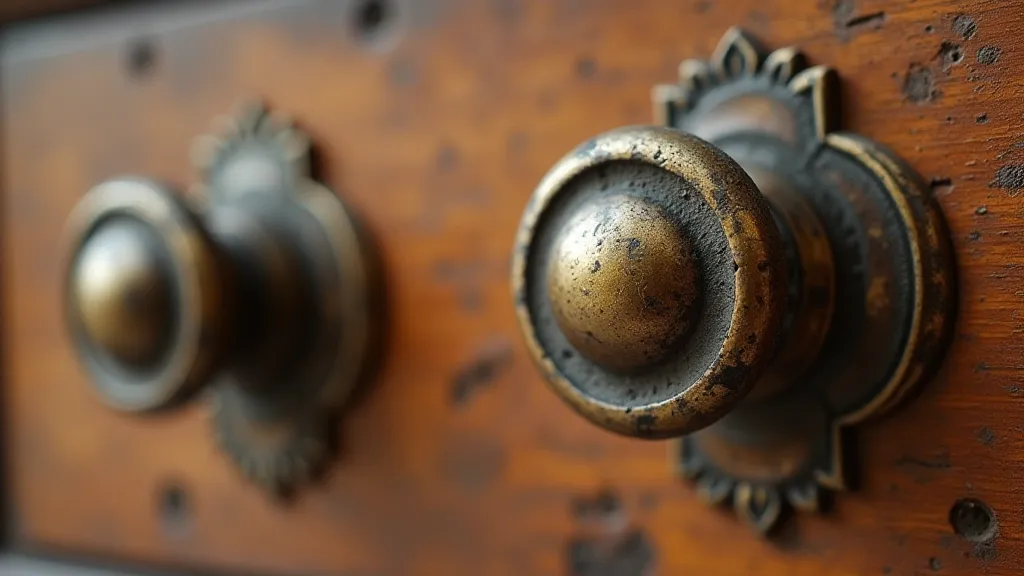
Finding Replacement Hardware
Here's a breakdown of places to search for appropriate replacements:
- Antique Shops & Markets: This is your best bet for finding authentic period hardware. Be prepared to spend time browsing and examining pieces carefully. A good eye can spot a true antique even if it’s been mixed with reproductions.
- Online Auction Sites (eBay, etc.): Offers a vast selection but requires careful scrutiny of descriptions and photos. Pay close attention to measurements and material descriptions.
- Specialty Hardware Suppliers: Some suppliers specialize in reproduction hardware. While not original, they can offer accurate replicas if genuine period pieces are unavailable. Research the supplier’s reputation for accuracy.
- Salvage Yards: Keep an eye out at architectural salvage yards; you might stumble upon a treasure trove of old hardware.
Matching Materials and Finishes
Matching the material and finish of the original hardware is critical.
- Material: The original material (brass, iron, bronze, steel) should be a priority. While you can sometimes mix metals, it’s generally best to stick to the original.
- Finish: The finish is also important. Consider the patina – the aging and discoloration that occurs naturally over time. A pristine, shiny replacement will look out of place on a piece with a darkened, aged patina. If replicating a patina is necessary, consider using techniques like antiquing solutions or carefully applying a thin layer of dark wax.
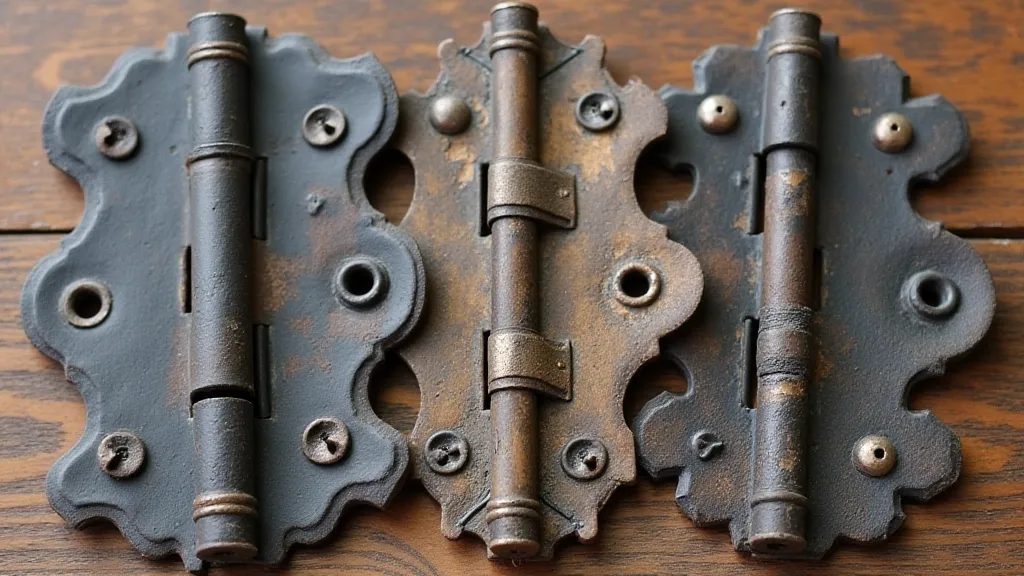
Installation Tips
Before you begin installation, assess the existing holes and screw sizes. You may need to use wood filler to repair damaged areas or use slightly larger screws to accommodate screw holes that have become enlarged over time.
- Pilot Holes: Always drill pilot holes before inserting screws to prevent splitting the wood.
- Screw Length: Choose screws that are the correct length to securely hold the hardware without protruding through the other side of the furniture.
- Alignment: Ensure the hardware is aligned properly and sits flush with the furniture's surface.
A Word of Caution: Reproduction vs. Original
While reproduction hardware can be a necessary compromise, understand that it won't have the same historical significance or value as original pieces. If possible, prioritize finding authentic hardware to maintain the integrity of the antique furniture. Document any replaced hardware for future reference.
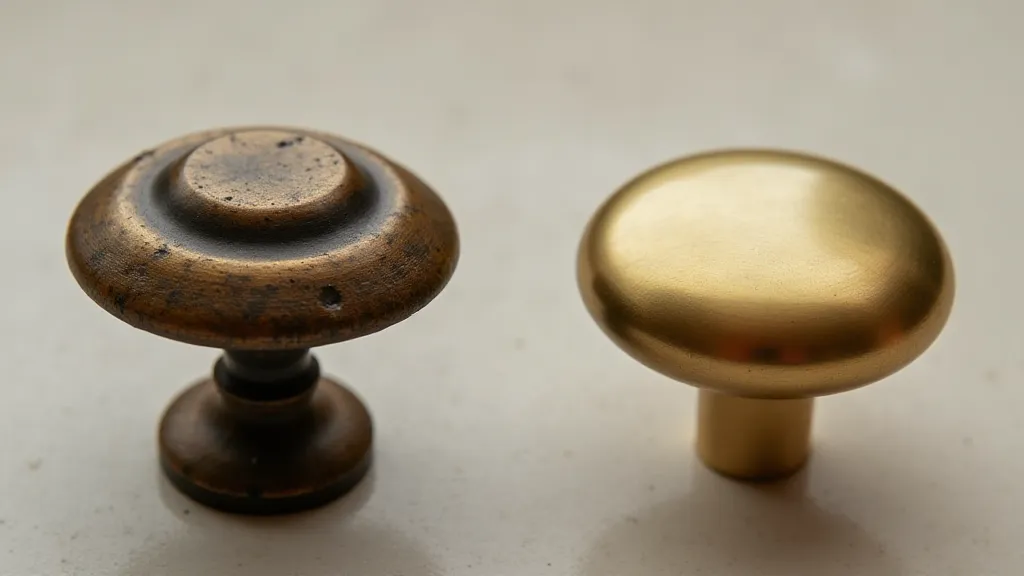
By carefully researching and selecting appropriate hardware, you can restore your antique furniture while preserving its character and value.
